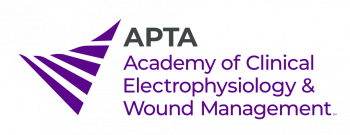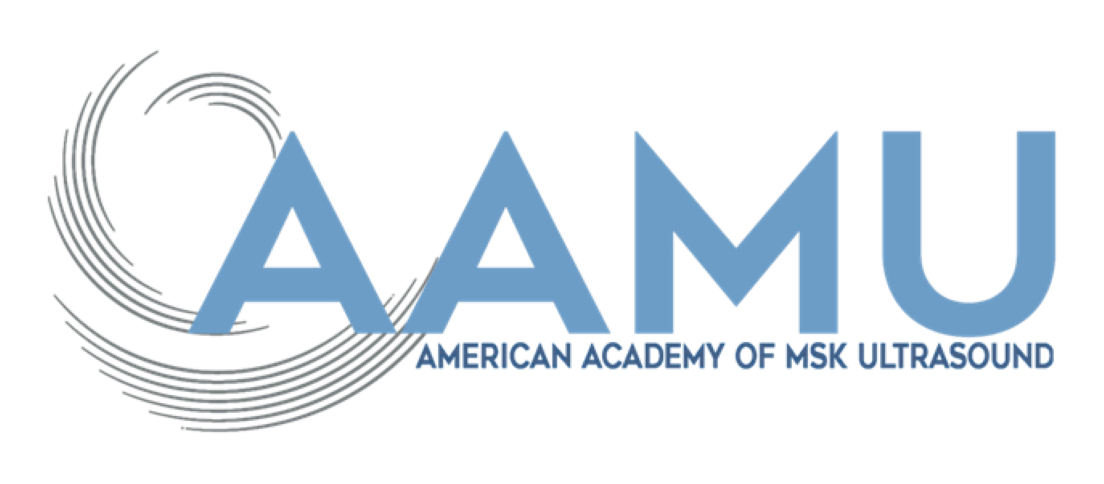Ulnar Motor Nerve Conduction Recorded from Two Sites in Patients with and Without Ulnar Neuropathy at the Elbow.
Read the full text >Abstract
Purpose:
Past practice standards for assessment of ulnar neuropathy at the elbow (UNE) recommended use of motor nerve conduction studies (NCS) recorded from the abductor digiti minimi (ADM), but some research suggests that ulnar motor nerve axons to the first dorsal interosseous (FDI) may be more prone to injury, making that muscle a superior recording site. To better under-stand differences in motor nerve conduction based on recording site, we compared conduction parameters recorded from the FDI and ADM in patients with and without UNE.
Methods:
Ulnar motor NCS measurements from the ADM and FDI were retrospectively collected from two patient groups: 1) Those without electrophysiologic evidence of UNE (133 limbs) and 2) Those with evidence of UNE (46 limbs). Collected measurements were motor nerve conduction velocity (MNCV) across the forearm and elbow and the difference between forearm and elbow MNCV. Within each group, ADM and FDI recordings were compared using Paired Samples T-tests. The Holm correction was applied to minimize error from multiplicity of testing. Significance was assessed at alpha=0.05.
Results:
In patients without UNE, MNCV was ≈1 m/s slower to the FDI than to the ADM across the forearm (p=0.003) and elbow (p=0.010). No significant differences were observed between recording sites in patients with UNE.
Conclusions:
Despite marginally slower conduction velocities recorded from the FDI in patients without ulnar pathology, UNE does not appear to preferentially affect MNCV based on recording site. Both recording methods are accurate and appropriate for assessing the magnitude of demyelination in UNE cases.
Keywords: Nerve conduction studies, Ulnar neuropathy at the elbow, Cubital tunnel syndrome, Fi



